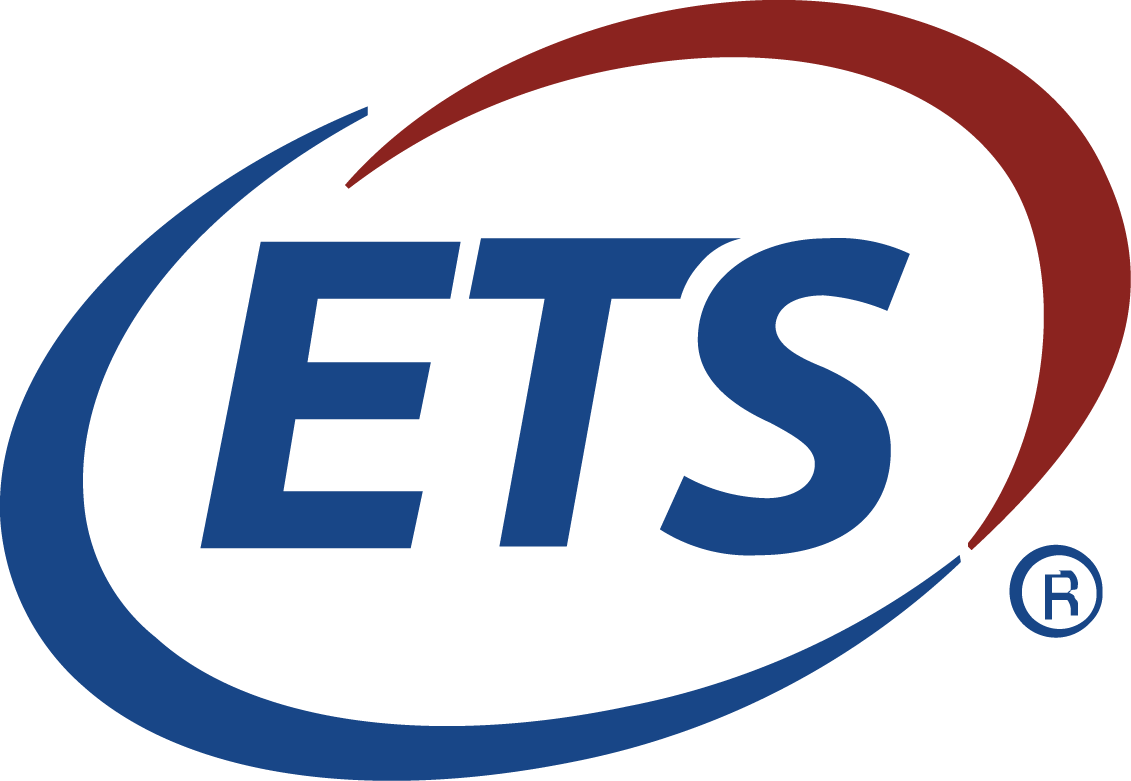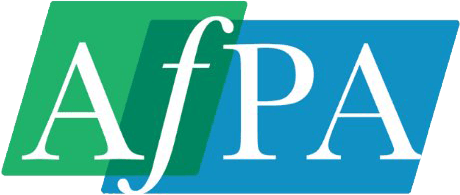School safety remains a key focus of K-12 education efforts for the 2025–2026 academic year, particularly in light of today’s current climate. Almost obscured under the massive headline of the recent September 10 tragedy in Utah was a school shooting on the very same day in Evergreen, Colorado. It stressed just how commonplace these incidents have become and the piercing effect of repetitive disbelief that washes over even a mere two weeks after the tragic Minneapolis Catholic school event has yet to be absorbed.
States are taking the onus upon themselves to push ahead with strong initiatives that create safer school environments for students and educators. Regardless of whether federal grant funding mechanisms are available, states such as Colorado and Minnesota, among so many others, are advancing efforts to improve physical security, strengthen access control, bolster preparedness, and expand violence prevention and reporting.
On an episode of Superintendents Unplugged, host and Strategos partner Addison Davis sat down with Dr. Morris Leis, Superintendent of Coffee County, Georgia, at this year’s AASA Conference. Their conversation provided a firsthand look at how safety models are shaped by strong leadership, trust, and community partnerships, all of which act as cornerstones to the process.
Leadership Longevity and Community Trust
Davis noted that most superintendents only last a few years in the role. Leis, however, has served as a superintendent for sixteen years, including fourteen years in Coffee County. Davis asked the noticeable question: What’s the secret to that kind of longevity?
Leis credited the relationship between the superintendent and the board. “I’ve been blessed to work with good board members—reasonable people who just want to do good work for kids,” he said. He explained that constant communication builds trust: “I have an open door with my board members. They can call, text, or email. I send regular Friday notes to keep them updated. And if something happens, I send a quick FYI email so they’re never blindsided.”
Trust, he emphasized, is everything. “You hire good people, tell the truth, and never violate that trust. If board members know you’re honest and trying to do your best, it’s hard for them to be too critical.”
That trust has extended beyond governance and into the broader community. Coffee County has passed multiple education sales tax measures and supported millage rate rollbacks—votes of confidence in the district’s stewardship. “We’ve used those resources to build new elementary schools, renovate older facilities, and invest in projects our community values, like agriculture barns, a performing arts center, and an indoor ROTC facility,” Leis said.
For Davis, those examples illustrate how investment strengthens school culture. “Those are things communities want to see their children engage in every day,” he noted. “When families see their kids performing on stage or raising animals through 4-H, it builds pride.”
Safety as the Top Priority
When the conversation turned directly to safety, Davis was clear: “One of the greatest responsibilities we share is keeping schools safe. For you, safety has been a top priority. What does that look like in Coffee County?”
Leis described a decision in 2017 that transformed their approach: “We hired our own police chief and established a school police department. Today, with 12 schools, we have 14 full-time officers who work under that chief. They’re on our campuses every day, building relationships with students and staff.”
That consistency matters. Davis reflected on his own experience leading large districts: “When you rely only on off-duty officers rotating in and out, you don’t get that system of care. By creating your own department, those officers become part of the school community. Families know them, students trust them, and it makes a real difference.”
Leis agreed. “It’s been a game-changer. We have constant communication between administrators, our police chief, and officers. And it’s backed up by layered security measures.”
Layered Protection and Prevention
Coffee County has invested heavily in technology designed to prevent incidents before they happen. “We use the Evolv weapon detection system in all 12 schools, two units in each,” Leis explained. “We also run systems behind the scenes (monitoring tools, detection platforms) that we don’t disclose publicly. The goal is to create layers of protection, like Swiss cheese, where the holes never line up.”
They also utilize digital monitoring tools, such as Gaggle, to flag potential issues in student accounts. “It’s about catching signs early,” Leis said, “so we can intervene before problems escalate.”
According to Davis, the approach reflected smart leadership. “Standing up a police department isn’t easy. It takes training, equipment, vehicles, uniforms—you name it. But what you’ve done is create a system that prioritizes prevention and care. That takes courage.”
Addressing Deeper Challenges
While physical security is critical, Leis acknowledged that the threat landscape extends beyond locked doors and metal detectors. “Schools have been under attack in different ways for decades,” he said. “Popular culture has sometimes mocked or undermined education. Today, we’re seeing more direct threats tied to mental health challenges and individuals intent on causing harm. That’s the unfortunate reality.”
Leis’ point highlighted why a comprehensive model is essential—one that balances safety infrastructure with efforts to support student well-being. Prevention is not only about weapons detection, but also about ensuring students feel seen, supported, and connected.
The Future Collective Journey
The Davis–Leis conversation highlights an important truth: keeping schools safe is not the work of one leader, one department, or even one district. It requires a collective effort—boards, administrators, teachers, parents, and law enforcement all working together in the same direction.
Leis summed it up simply: “We’ve worked together with our board, our officers, our community. Everyone understands the goal is to protect our kids. That’s what matters.”
As districts across the country continue to grapple with threats both old and new, models like Coffee County’s offer a meaningful example: invest in people, build trust, layer security, and prioritize prevention.
School safety is not a problem with a single solution. It is an evolving challenge that demands vigilance, innovation, and care. And as Davis closed the conversation, his words echoed the importance of staying the course. “Safety is our greatest priority. Communities know it, families expect it, and our students deserve it.”













